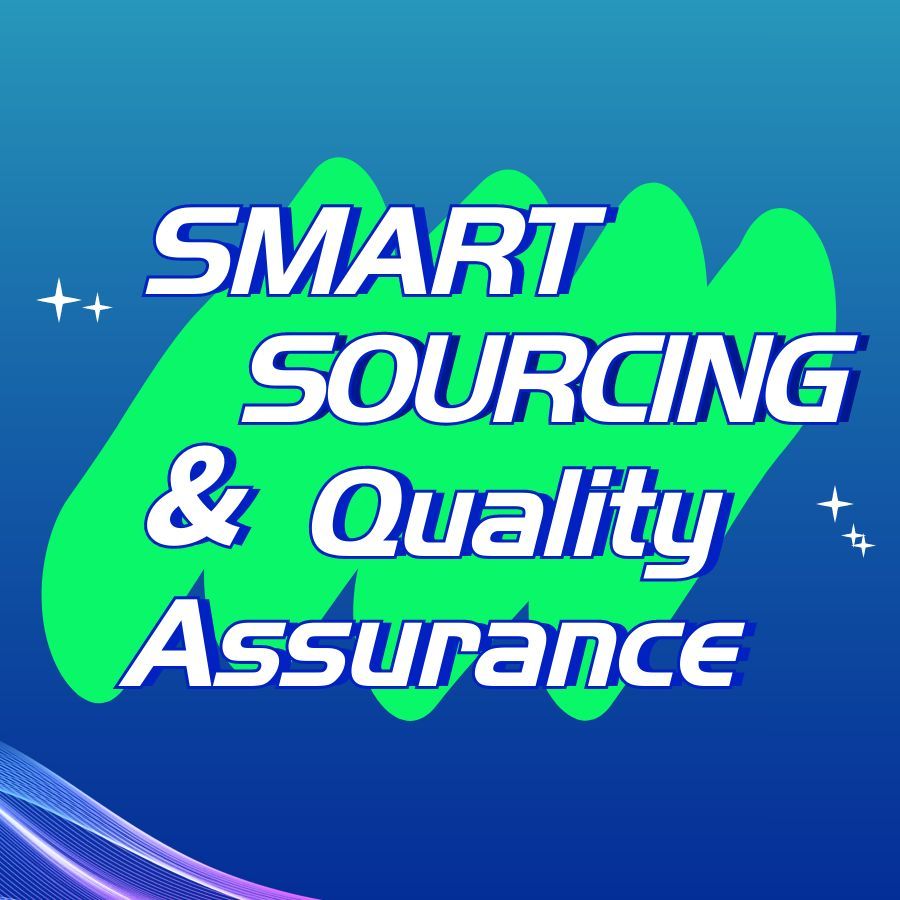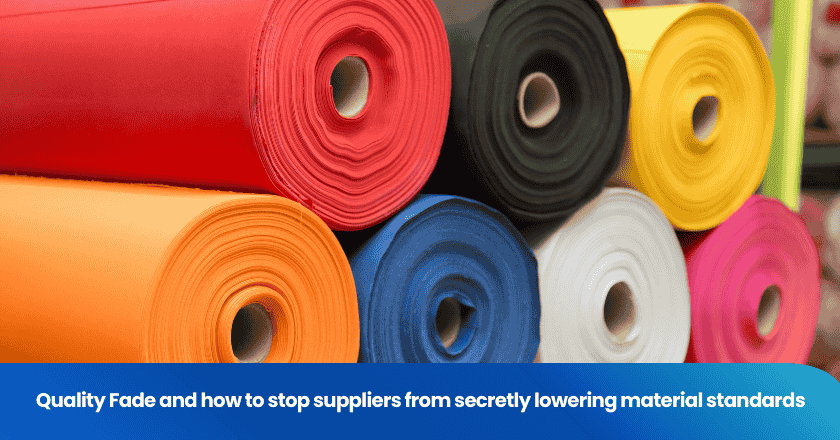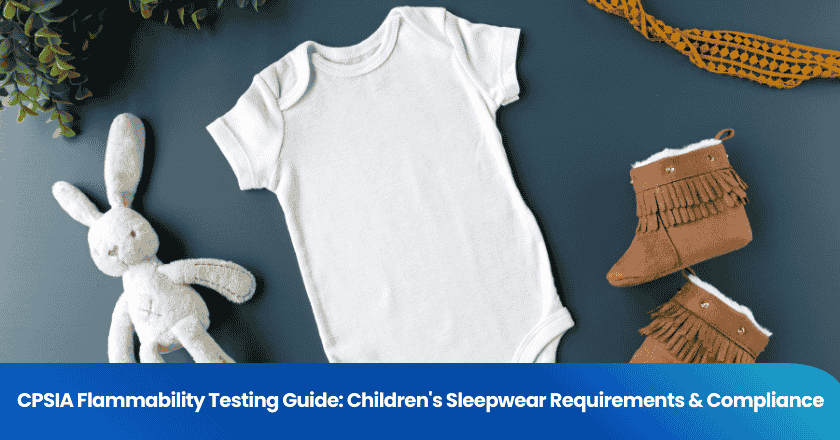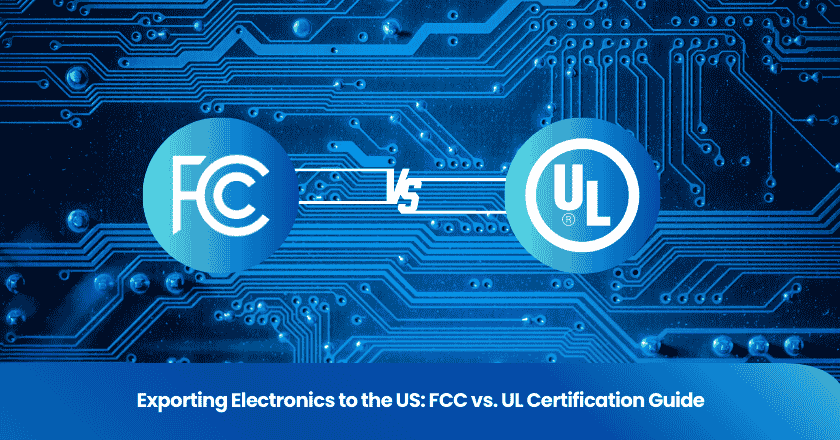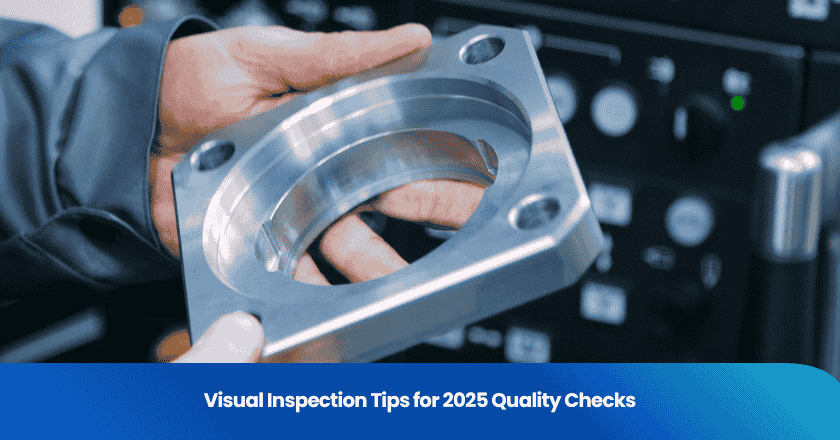
You set the standard for effective visual inspection when you consistently apply best practices. In 2025, you face new challenges, including the need for advanced imaging technologies and micron-level defect detection. Many quality professionals now handle reflective surfaces and high-speed anomaly detection daily. You ensure product quality by using test sets with over 90% defect-free units and by setting clear, predefined acceptance criteria. Embracing proven methods helps you avoid common pitfalls and leverage new technologies for reliable results.
Preparation
Environment setup
You set the foundation for effective inspections by preparing your environment with care. Lighting plays a critical role in quality control. The angle and direction of illumination can change how you see defects. Bright field illumination helps you spot surface details, while dark field illumination makes edges and imperfections stand out. Adjusting light position improves contrast and reduces background noise, making your inspections more accurate.
Environmental factors such as temperature, humidity, and dust also affect your results. You should keep your inspection area clean and organized. Dust, grease, or chemical residues can compromise your samples and equipment. A tidy workspace supports reliable and reproducible inspections.
Tip: Regularly check your lighting setup and clean your work area before starting any inspection. This simple habit can prevent many common errors.
Ergonomics matter for both your comfort and your performance. The following table highlights key ergonomic standards for inspection workstations:
Inspector training
You strengthen quality assurance by investing in inspector training and qualifications. In 2025, industry standards expect you to hold certifications such as NDT and API. These credentials require specialized training and hands-on experience, ensuring you meet best practices for inspections.
Common certifications include:
- AWS Certified Welding Inspector
- API 510 and API 570
- ASNT Level II in Non-Destructive Testing
- OSHA 10 or OSHA 30 for safety compliance
Ongoing training keeps your skills sharp and your knowledge current. Annual vision tests and regular renewal of certifications help you maintain high standards in quality control.
Visual inspection process
Standard procedures
You achieve reliable results by following visual inspection standards that reflect the latest industry developments. In 2025, you see a shift toward linear inspection of DIPs, which increases efficiency compared to older rotary machines. These linear systems integrate multiple detection technologies, making it easier for you to inspect products with complex surfaces or shapes. AI-driven facial tracking now supports manual inspections, helping you maintain focus and reduce human error. Deep learning technology monitors your attentiveness and guides you to areas that require closer examination.
You must define clear specifications before starting any visual inspection. These specifications outline what constitutes a defect and set measurable criteria for acceptance or rejection. You use defect libraries to reference known issues, which helps you identify subtle problems and maintain consistency across inspections. You calibrate your equipment regularly to ensure accuracy and repeatability.
The following table summarizes how visual inspection standards have evolved:
| Evidence Description | Key Insights |
|---|---|
| Linear Inspection of DIPs | Linear devices improve efficiency and integrate advanced detection technologies. |
| AI-Driven Facial Tracking | Reduces human error and boosts operator attentiveness using deep learning. |
| Particle Detectability | Evolving standards challenge visible particle size limits, requiring new approaches. |
You select sampling methods based on your quality assurance goals. Random sampling allows you to inspect a subset of products, saving time and resources. Full manual sampling requires you to check every product, ensuring maximum defect detection. Random sampling works well for consumer products, but it may miss sporadic defects. Full manual inspections guarantee thoroughness but increase costs and slow down the process.
Tip: Choose your sampling method based on the risk level and the value of the product. For high-value or safety-critical items, full manual sampling is often the best practice.
Checklists and documentation
You maintain high standards in visual inspection by using detailed checklists and thorough documentation. Checklists guide you through each step of the inspection process, ensuring you do not overlook critical points. You create checklists with clear and concise language, making them accessible to all inspectors regardless of experience level.
You document your findings using standardized templates and consistent terminology. This approach supports quality control and helps you track trends over time. Digital documentation enhances traceability, allowing you to retrieve records quickly and share results with your team. You include photos or videos in your reports to provide visual evidence, which highlights defects and supports your conclusions.
The table below outlines the main benefits of using checklists and documentation in visual inspection:
| Benefit | Description |
|---|---|
| Clarity | Clear language ensures accessibility for all users. |
| Consistency | Standardized templates maintain uniformity in documentation. |
| Traceability | Digital records allow quick retrieval and easy sharing. |
| Visual Evidence | Photos and videos provide context and highlight defects effectively. |
Note: Update your checklists regularly to reflect changes in visual inspection standards and best practices. This keeps your process current and effective.
You combine test kits and use bracketing strategies to reduce effort and costs. You maintain a clear overview of test kits throughout the visual inspection project lifecycle. These strategies help you streamline inspections and improve overall efficiency.
You support quality assurance by documenting every step and sharing your findings. This practice builds a culture of accountability and continuous improvement in your organization.
Tools and technology
Inspection tools
You rely on a range of inspection tools to meet visual inspection standards and achieve accurate results. Magnifiers, high-intensity lighting, and calibrated measuring devices help you spot even the smallest defects. You use these tools to maintain consistency and precision during inspections. Regular calibration of your equipment ensures you catch minor flaws and maintain reliable outcomes. Routine checks and reminders keep your tools in top condition, supporting your quality assurance efforts.
Tip: Always use reference photos and calibrated tools to align your inspections with best practices and visual inspection standards.
Digital aids
Digital aids have transformed how you conduct inspections. High-resolution cameras capture detailed images, making it easier to identify subtle defects. AI-driven software analyzes these images, providing faster and more accurate inspections than manual methods. Automated visual inspection systems deliver consistent results and reduce variability. You can detect tiny flaws that might escape the human eye, improving your overall quality control.
AI integration
AI integration has set new benchmarks for visual inspection standards. You benefit from real-time monitoring and predictive capabilities, which increase the speed and accuracy of inspections. Generative AI tools now reduce analysis time from days to minutes. Edge AI processes data locally, giving you instant feedback during inspections. When you combine AI with IoT sensors, you gain richer datasets and improved inspection accuracy.
The following table shows measurable improvements from AI advancements:
| Advancement Type | Measurable Improvement |
|---|---|
| Defect Detection Rates | Up to 99% |
| Cost Reductions | Significant savings by minimizing waste and rework |
| Speed of Inspection | Real-time monitoring and predictive capabilities |
| Adaptability of AI Systems | Enhanced detection for complex materials |
| Automation in Inspection | 94% effectiveness in electronics assembly |
You see these improvements across industries. For example, automotive and electronics manufacturers report higher defect detection rates and reduced rework. Pharmaceutical companies detect quality issues earlier, supporting better regulatory compliance. AI-powered inspections help you meet quality assurance goals and maintain high visual inspection standards.
Visual inspection techniques
Defect detection
You improve your ability to detect defects by mastering a range of visual inspection techniques. Subtle or hard-to-detect flaws often escape notice without a systematic approach. You start by standardizing quality criteria. This step ensures every inspector uses the same definitions for acceptable and defective products, which increases accuracy and consistency. Early detection remains essential. When you identify defects at the beginning of the process, you reduce costs and simplify corrective actions. You also benefit from a layered inspection approach. By combining visual inspection, automated optical inspection, and non-destructive testing, you enhance your ability to detect defects across all categories.
| Technique | Description |
|---|---|
| Standardization of Quality Criteria | Ensures all inspectors have the same definitions of acceptable and defective products, improving accuracy. |
| Early Detection | Identifying defects early reduces costs and simplifies fixes, covering all defect categories. |
| Data-Driven and Layered Inspection Approach | Utilizes various methodologies like visual inspection, automated optical inspection, and non-destructive testing to enhance detection accuracy. |
You maintain attention by using checklists and reference images. These tools help you focus on critical areas and avoid missing subtle issues. You also rely on both human and automated inspection. Humans excel at spotting new or unexpected defects, while automated systems consistently catch known issues. This hybrid approach gives you the best results in quality assurance.
Tip: Use a combination of manual and automated inspections to maximize your defect detection rate and meet visual inspection standards.
Avoiding mistakes
You face several common pitfalls during inspections. Skipping documentation, using uncalibrated instruments, and compromising standards under schedule pressure can all undermine your results. Poor communication and assumptions instead of verification also lead to errors. Overlooking non-conformities, ignoring material traceability, and neglecting safety during inspections further increase risk. Failing to perform root cause analysis or stay updated with visual inspection standards can cause recurring problems.
To prevent these mistakes, you follow best practices:
- Establish clear, accessible visual standards for every inspection.
- Conduct purposeful inspections with a focus on critical areas.
- Provide support for inspectors who have doubts, without disrupting workflow.
- Maintain simple yet effective traceability for all inspected items.
- Train inspectors using real scenarios to reinforce learning.
You also use real-time data and analytics to track performance trends and production efficiency. Digitizing processes and automating error detection help you achieve precision and consistency. When you collect and analyze assembly process data, you inform continuous improvement initiatives and strengthen your quality control program.
Note: Always verify findings and document every step. This habit supports traceability and accountability in your inspections.
Fatigue management
You must manage fatigue to maintain high accuracy in visual inspection. Fatigue reduces your ability to detect defects and increases the risk of missed issues. Performance can vary by 15% to 30% between inspectors evaluating the same products, often due to fatigue. This variability affects throughput and consistency, especially during long shifts.
You minimize fatigue by introducing scheduled breaks and rotational shifts. These strategies help you maintain focus and reduce errors during extended inspection periods. You also monitor workload and adjust shift lengths to match the demands of your inspection tasks.
- Schedule regular breaks to refresh your attention.
- Rotate inspectors between tasks to prevent monotony.
- Monitor performance for signs of fatigue and intervene early.
Tip: Prioritize rest and task rotation to keep your inspection team alert and effective throughout every shift.
You support quality assurance by recognizing the impact of fatigue and taking proactive steps to address it. This approach ensures you meet visual inspection standards and deliver reliable results in every inspection.
Continuous improvement
Feedback and analysis
You drive progress in quality control by documenting findings and sharing reports after every visual inspection. This habit builds a foundation for learning and improvement. When you analyze inspection data, you uncover compliance issues and operational inefficiencies. You use statistical methods and data visualization to turn raw data into actionable insights. Sharing your inspection results with stakeholders creates transparency and trust. This open communication aligns your team and encourages collaboration.
Here are some key benefits of feedback and analysis in visual inspection:
You create a feedback loop by regularly reviewing outcomes and setting clear metrics. This approach helps you track progress and identify areas for further improvement. Integrating feedback from inspections leads to informed decisions and better quality outcomes. When you communicate changes based on feedback, you reinforce the importance of continuous improvement and motivate your team.
Training updates
You maintain high visual inspection standards by investing in ongoing training. Regular training updates increase the accuracy of evaluations by up to 30%. You see a 25% reduction in safety incidents when you provide hands-on demonstrations and refresher courses. You equip your team with the right skills through structured programs and encourage lifelong learning with workshops and certifications.
You foster a culture of quality by emphasizing teamwork and sharing experiences. You encourage your team to obtain recognized credentials and stay updated with industry trends. Investing in soft skills training improves collaboration and drives project success. When you create an environment focused on continuous learning, you ensure that your inspections always meet the latest visual inspection standards.
Tip: Schedule regular training sessions and review feedback to keep your team aligned with evolving visual inspection standards.
You achieve effective visual inspection by combining advanced tools, clear visual inspection standards, and a commitment to ongoing training. Recent studies show that smart cameras and AI-driven systems in 2025 deliver higher accuracy and faster decision-making.
You foster success by leading by example, promoting open dialogue, and recognizing excellent efforts. Stay updated with visual inspection standards and invest in continuous improvement to maintain quality.
FAQ
What lighting conditions work best for visual inspections?
You achieve the best results with bright, even lighting. Use both bright field and dark field illumination to reveal different types of defects. Adjust the angle and intensity to reduce glare and shadows.
How often should you calibrate inspection tools?
You should calibrate your inspection tools before each shift or inspection session. Regular calibration ensures accuracy and helps you maintain high-quality standards.
What is the most effective way to document inspection findings?
You should use digital checklists and standardized templates. Attach photos or videos to your reports. This approach improves traceability and makes sharing results with your team easier.
How can you reduce inspector fatigue during long shifts?
You can schedule regular breaks and rotate tasks among inspectors. Monitor for signs of fatigue and adjust workloads as needed. These steps help maintain focus and accuracy.
Why is ongoing training important for visual inspectors?
Ongoing training keeps your skills current. You learn new techniques and stay updated with industry standards. Regular training also reduces errors and improves overall inspection quality.
Grow your business with TradeAider Service
Click the button below to directly enter the TradeAider Service System. The simple steps from booking and payment to receiving reports are easy to operate.

